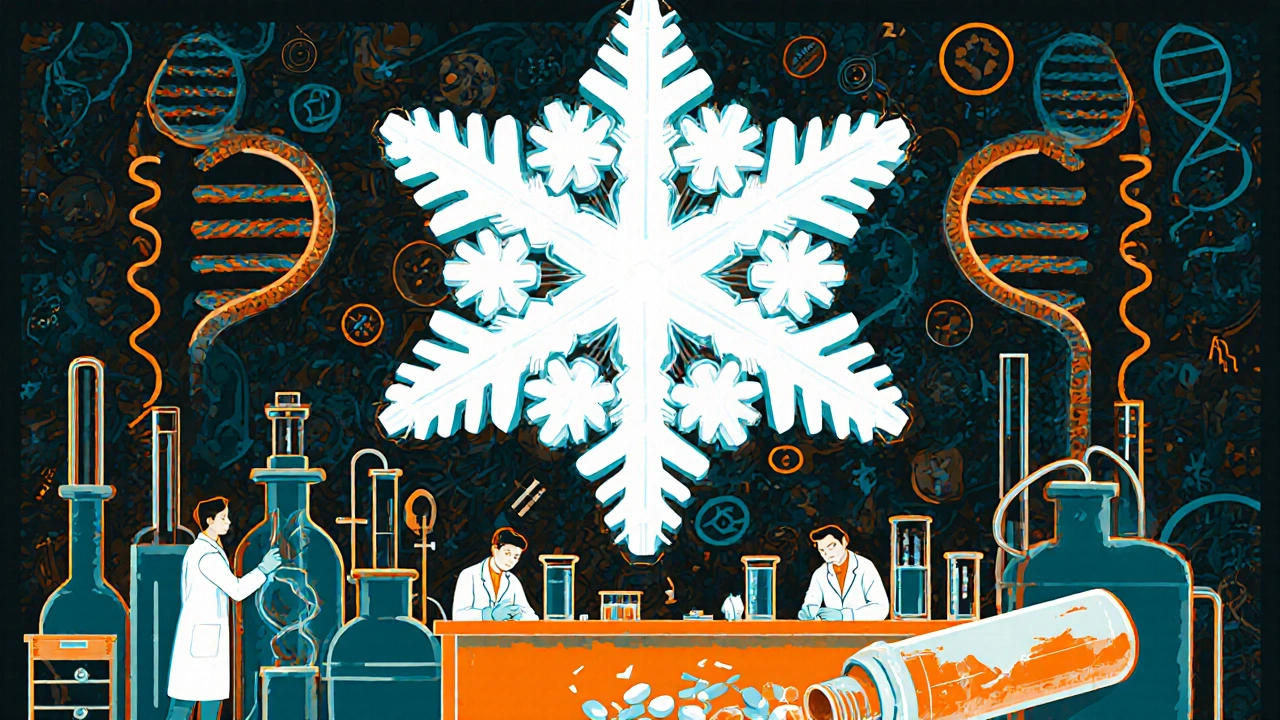Biosimilars: What They Are, How They Work, and Why They Matter
When you hear biosimilars, highly similar versions of complex biologic drugs that are not exact copies but are proven to work the same way in the body. Also known as biologic generics, they are designed to match the original biologic drug in safety, purity, and potency, but cost significantly less. Unlike regular generics—which are simple chemical copies of old drugs—biosimilars are made from living cells, making them far more complex. Think of it like cloning a car engine made of living tissue instead of just copying a plastic gear.
biologic drugs, medications made from living organisms like proteins, antibodies, or cells, used to treat cancer, autoimmune diseases, and chronic conditions. These include drugs like Humira, Enbrel, and Remicade. Because they’re so complex, you can’t just reverse-engineer them like you can with aspirin or metformin. That’s why biosimilars go through a rigorous approval process—FDA approval, the strict regulatory pathway that ensures biosimilars perform identically to the original biologic in clinical settings. The FDA doesn’t just check the label. They test how the drug behaves in the body, how it’s absorbed, how long it lasts, and whether it causes the same side effects. Only then is it approved.
And it’s not just about cost. Biosimilars help more people get treatment. In the U.S., biologics can cost over $10,000 a month. Biosimilars often cut that in half or more. For someone with rheumatoid arthritis or Crohn’s disease, that’s the difference between staying on therapy and stopping because they can’t afford it. They’re not second-rate—they’re second-generation, made with the same science, just without the brand-name markup.
You’ll also see bioequivalence, the scientific proof that a biosimilar produces the same clinical result as the original drug in terms of safety and effectiveness. This isn’t guesswork. It’s measured through blood tests, immune response tracking, and real-world outcomes. Companies don’t just claim it—they prove it. And regulators demand that proof before a single pill is sold.
There’s a lot of confusion out there. Some think biosimilars are just cheaper knockoffs. They’re not. Others think they’re the same as regular generics. They’re not. Biosimilars sit in their own category—between original biologics and simple generics. They’re more like a high-fidelity remix than a photocopy.
The posts below cover real-world examples: how biosimilars are changing access to drugs like Humira, how they compare to the original biologics in side effects, and how patients are using them to manage chronic conditions without breaking the bank. You’ll also find discussions on how the ANDA process applies to generics—but not biosimilars—why that matters, and how patient groups are learning to trust these newer options through real stories and shared experiences. Whether you’re a patient, caregiver, or just trying to understand your prescription, this collection gives you the facts without the fluff.

